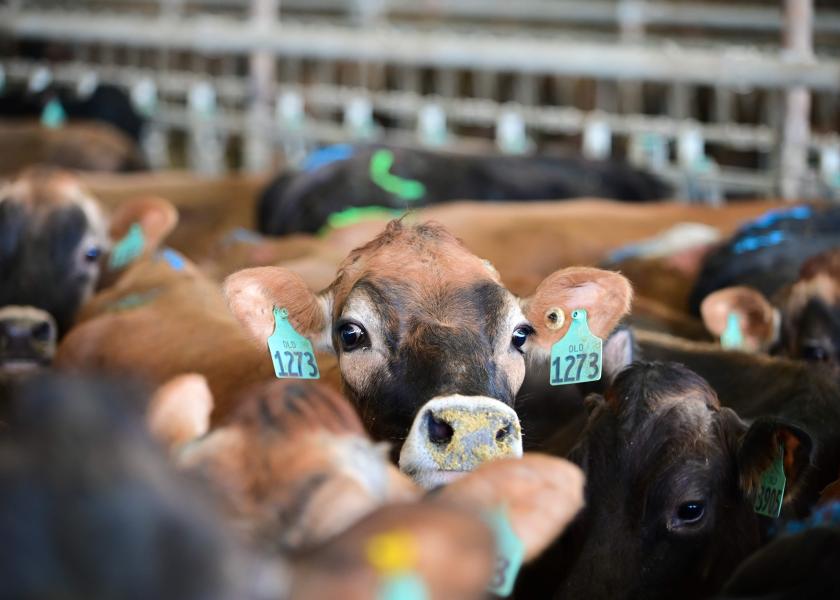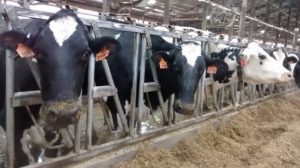
The June 2024 USDA Milk Production Report revealed a noticeable year-over-year decline in milk production across the 24 major States. Specifically, production was 18 billion lbs., marking a 0.7% decline for the month of June in the 24 major States.
The earlier revised May production stood at 18.8 billion lbs., which reflected a 0.8% decrease compared to May 2023. The May revisions indicated a reduction of 30 million lbs. or 0.2% from last month’s preliminary estimate.
States Showing a Drop in Production and Cows
As we take a closer look, several states show a significant decline. Interestingly, two states alone accounted for a staggering 130 million lbs. of the overall decline in June. The data indicates that the number of milk cows on farms in the 24 major states was 8.89 million, which is 37,000 fewer than in June 2023 but 2,000 more compared to May 2024.
Erick Metzger, general manager of National All-Jersey, outlined the big take-aways, including:
· New Mexico declined 69 million lbs. on 37,000 less cows
· California down 5,000 cows and 30 lbs. per cow due to the extreme heat
· Pennsylvania dropped 18 million lbs. due to 35 pounds lbs. per cow.
· Arizona and New York both dropped 16 million lbs. for different reasons. Arizona lost 8,000 cows, while New York maintained cow numbers but fell 25 pounds per cow. New York’s total production was 1.34 billion lbs.
Surging States
On a brighter note, certain states have shown growth. Texas emerged as a standout, increasing by 41 million lbs. of milk to reach a total of 1.37 billion lbs., along with the addition of 13,000 cows and a 20-lb. increase per cow. Once again, South Dakota also demonstrated growth, increasing by 31 million lbs. and adding 17,000 more cows compared to the previous year. Wisconsin added 25 million lbs. year-over-year, bringing their total to 2.7 billion lbs.
Phil Plourd, president of Ever.Ag Insights, noted that overall production came in below expectations.
“But we’re talking tenths-of-percents, so I doubt that this counts as an earth-shattering report,” Plourd remarked. “In addition, we estimate that total milk solids output was still above year-prior levels, so while we have less milk volume, we have more components.”
Plourd also emphasized the impact of weather on these results.
“For the near-term, weather is the big question. It’s been hot in both the West and the East. If that continues, we’ll see strains,” he explained. “For the medium-term, we’re curious to see if better prospective margins start moving the needle on appetites to make more milk.”
You can now read the most important #news on #eDairyNews #Whatsapp channels!!!
🇺🇸 eDairy News INGLÊS: https://whatsapp.com/channel/0029VaKsjzGDTkJyIN6hcP1K

























